Are you thinking about how often should you replace your roof in California? It is all dependent on several variables, including the type of roof you have, how well you maintain it, the kind of weather it endures, and any unrepaired damage.
Regardless, we have all the answers you're seeking in this article.
Let's begin by discussing how long your roof should last on average in California, depending on its composition. Then we'll go through the many elements that impact your roof's longevity and what they signify for you.
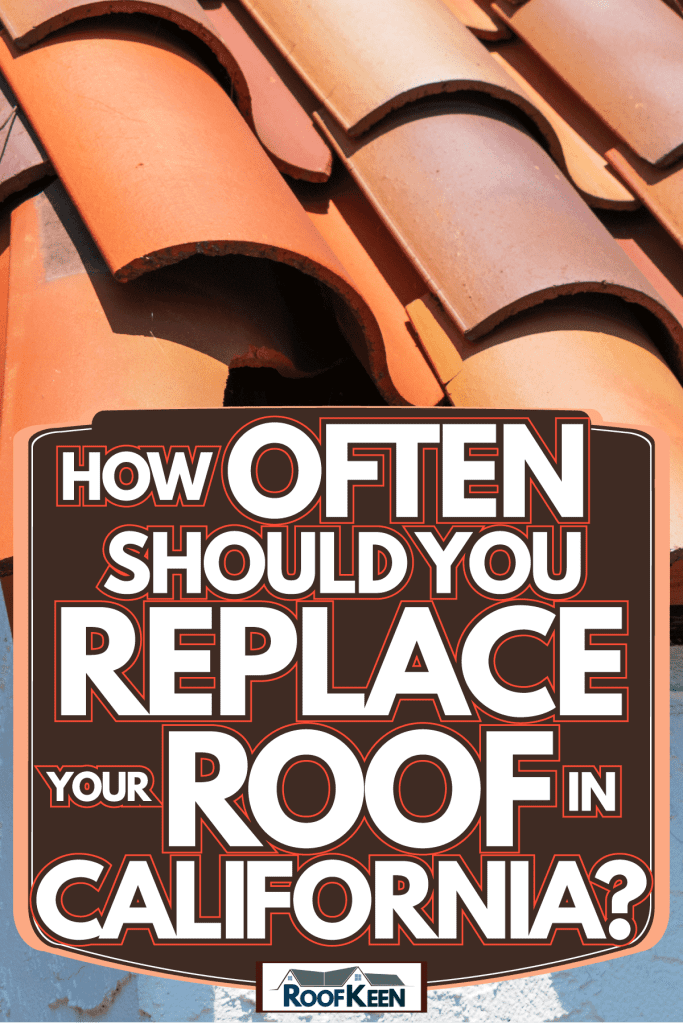
How often should you replace your roof in California?
The various sorts of roofs have varying lifespans. As a result, we'll start by providing our best estimates for typical roof life spans based on the material utilized.
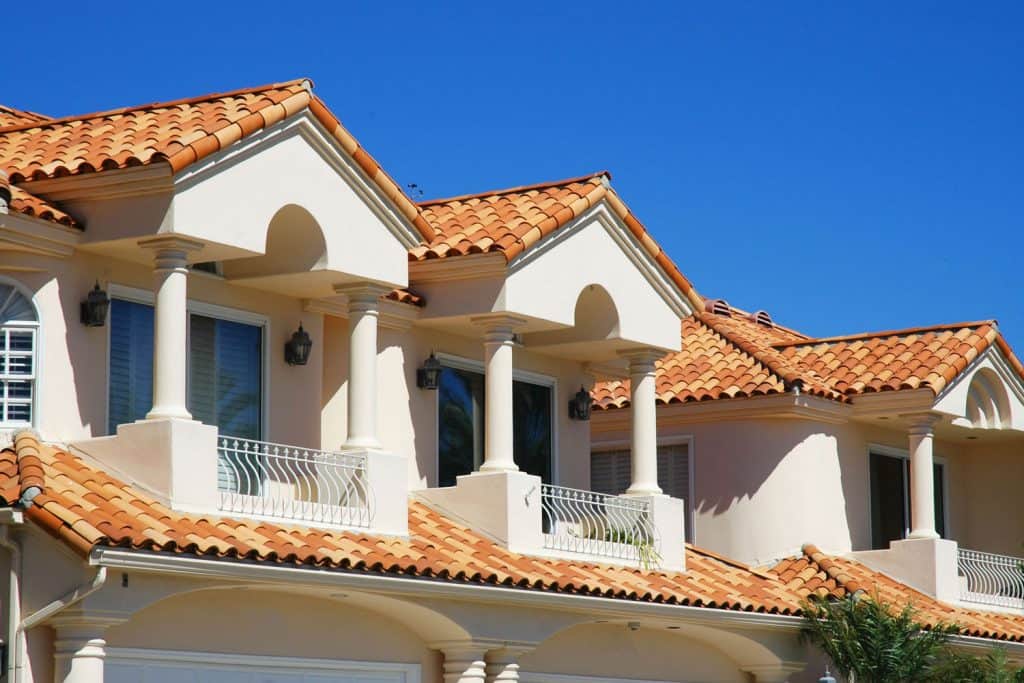
Asphalt Shingles
Three-layered asphalt shingle roofs should last 15-20 years under normal conditions. However, architectural asphalt shingle roofs are somewhat more resistant to the elements due to their construction. Architectural asphalt shingle roofs may endure up to 10 years longer than 3-tab asphalt shingle roofs.
A shingle that is incorrectly put up can last 50 months. Underlayment may have a useful life of 25 years or more, depending on the weather. You might be wondering how much a roof replacement costs.
How long does it take most homeowners to replace their roofs (southern California focus area)? For example, an asphalt shingle roof generally lasts 20 to 25 years, but you must replace a roof built over an existing layer of shingles after 20 years.
Clay/Cement Tile Roofing
Clay/concrete tile roofs are among the most durable roofing alternatives available. Not only are the tiles robust, but they're also hefty. This means they're covered with even more effective roofing reinforcement, providing even more protection for your home. Tile roofing is highly durable, with a lifespan of up to 100 years.
Wood Shingles
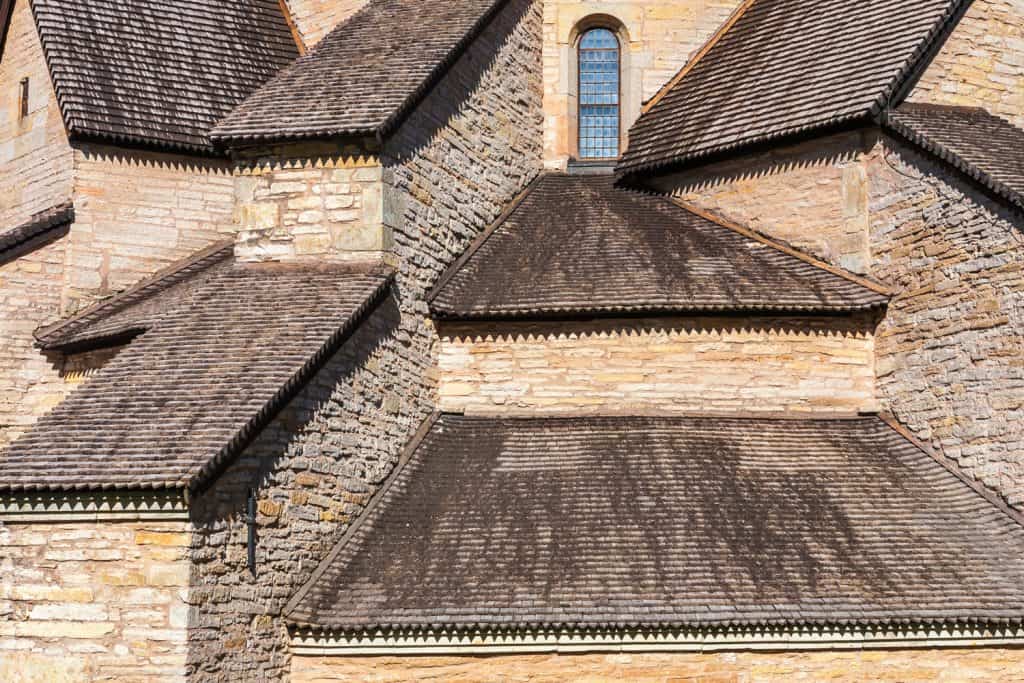
The life of a wood shingle roof is approximately 25-30 years. However, they must be maintained, which impacts their longevity.
If you don't maintain the roof, leaves and moss build-up will trap moisture against it, causing rot. However, if you do your part in keeping the top, it may last for 50 years or more in California.
Roofing made from wood is also highly combustible and vulnerable to fire damage. As a result, it is dangerous and unlawful to install in certain regions because it can easily ignite.
Wood Shakes
Wood shakes are more resistant to UV radiation and severe weather than shingles. These roofs should endure for 35-40 years.
However, there are some downsides. While roofing panels may be simple to install, replacement is costly and time-consuming. If properly maintained, a wood shake roof will have to be replaced every 20 years; otherwise, it can last for 50 or more years!
Metal Roofing
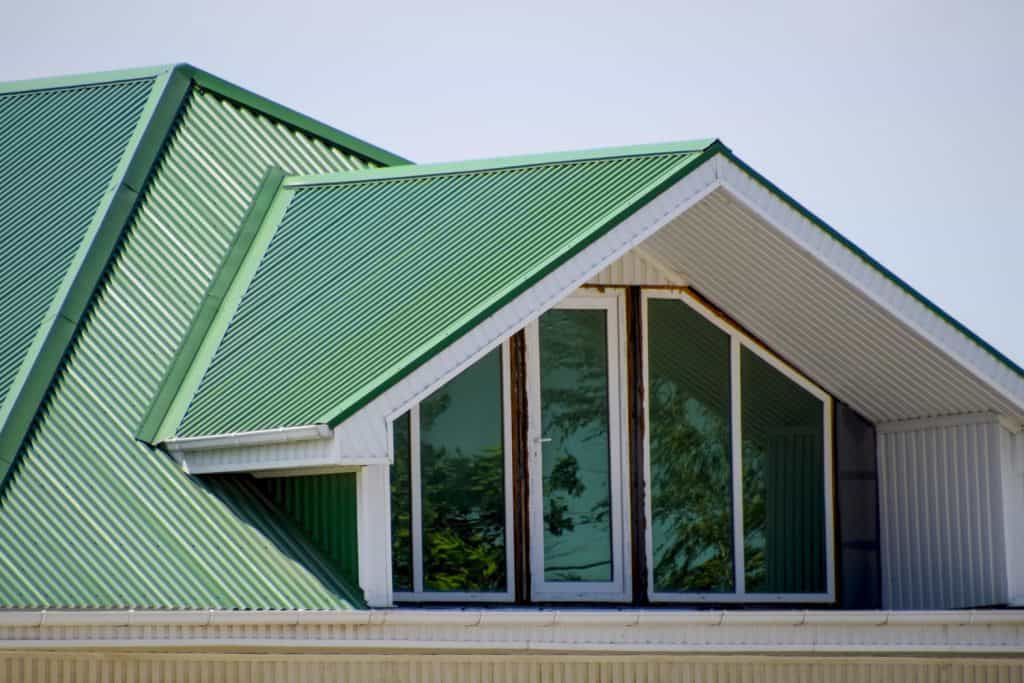
Another popular roofing material is metal. Metal roofs, such as steel and aluminum, should last 50 years before being replaced. Like zinc and copper, other metals can endure for more than a century.
So if you're wondering how often you should replace the roof in California, the answer is it depends on the roof's material.
Read more: How often should you replace your roof?
Things That Affect Roof Lifespan
The length of time your roof will endure is also affected by maintenance and weather in California. For example, particular weather may cause wood shingles to mold and split more readily. Even durable metal roofs might experience sealant erosion over time.
Because asphalt shingles are so light, they're prone to flying off in high winds, which can cause damage. In addition, because asphalt shingles are so light, they're more likely to come loose in windy areas with a lot of vegetation. Trees or tree branches may be struck by the wind and thrown into the roof, causing severe damage.
Furthermore, if the problem isn't addressed promptly, it will worsen rapidly. A minor fracture might allow moisture beneath the roofing material. It grows and contracts as the temperature fluctuates, widening the crack.
Because of this, yearly roof inspections are required to preserve your roof's lifespan, regardless of its material.
Signs of Roof Dampness That Can Reduce the Life of Your Roof
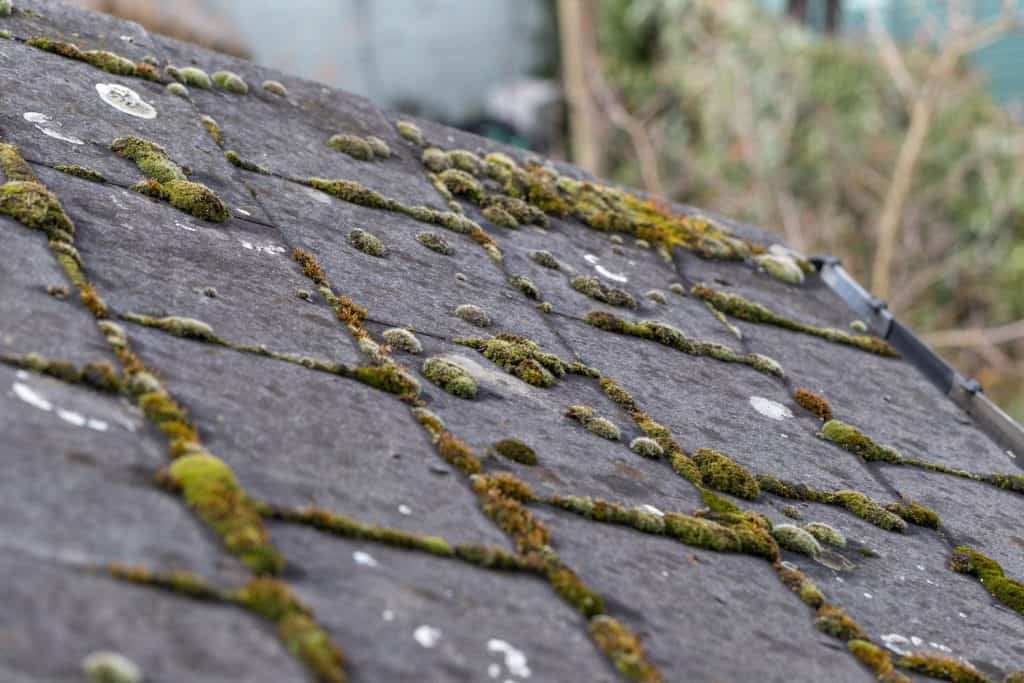
Unfixed roof damage will rapidly deteriorate. Here are some of the most frequent causes of roof damage, as well as the effects if you don't get it repaired.
Holes and Leaks
A large number of holes is an indication that your roof has been severely damaged. These are probably signs that your roof will need to be replaced shortly.
Even more minor fractures and holes allow moisture in. These tend to become worse rapidly, as we previously said. If you see sunlight streaming through holes in your ceiling or leaks when it rains (especially in the attic), it's time to have your roof inspected.
Read more: What are the 5 signs you need a new roof?
Damage caused by moist or water stains
Excess humidity or water stains/damage on the roof decking in the attic or ceiling are other leaks indicators. The dampness leaking into your home may soak into the attic insulation, so look there as well. Puddles in your attic might be visible.
You probably leak if you have brown or yellowish circular stains on your ceiling. This discoloration is also apparent if you have brown or yellowish streaks on your walls. This discoloration occurs when leaks in the foundation or other outside elements allow dirt or debris to reach all the way through to your ceiling or walls.
A sagging roof is a more serious indication of a leak. If you detect any of these indications, get your roof fixed, regardless.
Damage of Exterior Roof

There are also telltale signs of roof damage that may be spotted outside. The most apparent of these is shingles that have fractured, rotted, fallen off, or otherwise been damaged. Also, double-check for any strange marks on your roof. Roofs should have a tidy, uniform appearance to be effective.
If one area looks odd, it's possible that an inexperienced roofer did it. A poor patch job can do far more harm than good, so call the professionals in.
If you can't safely inspect the outside of your home, look into your gutters and the earth surrounding it. When your shingles are damaged, they usually end up in your drains and on the ground. Also, check for debris that appears to be from your chimney/flashing in these locations.
A leak in your roof may be hidden for some time, but it eventually causes damage to your roof. Because of this issue, the top is more prone to further harm from the elements.
Based on this article, you should now have a basic understanding of how often should you replace your roof in California. Consult the table above for an estimate of a roof's average lifespan. Then check for any of the indications above of deterioration on your roof.
Of course, you'll need to know the age of your roof for this data to be instructive. As a result, you may have more queries.
